Many people are used to refer to the decoration of other people's homes before the renovation of the new home, and carefully select the "highlights" to be used for their own purposes; when communicating with the designers, they usually stubbornly ask the designers to The "bright spots" that were found were taken in accordance with the prescription.
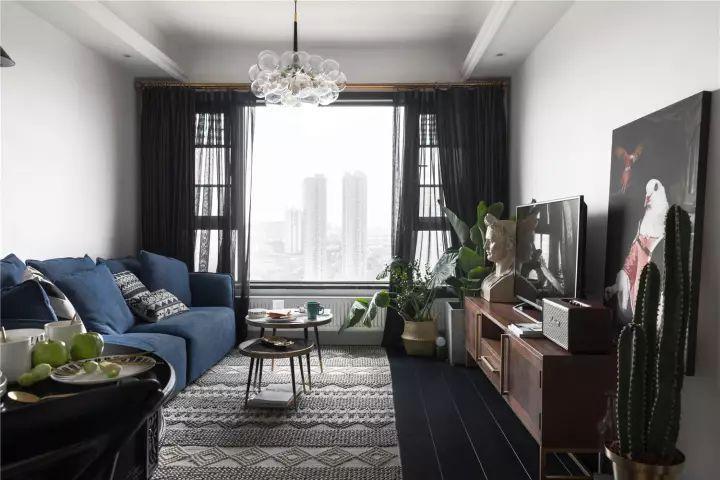
However, many new homes tend to be disappointing after they are installed, because the effect after completion is mostly different from the space they want. So why is this happening?

Xiao Bian believes that the difference between music and noise lies in one rhythm and the other. The same is true of beauty. No matter under what circumstances "unified harmony" is always the aesthetic principle of space design.
In the interior decoration, whether it is low-key luxury neo-classical or sleek minimalist modernism, because of the different spatial conditions, the ratio of length to width, ratio of height to height, ratio of point to face and ratio of hue are all very particular. I am moving all over the body."

Therefore, any failure in the simple imitation will affect the overall effect of the interior decoration.
In order to reduce the various mistakes in the soft assembly, before learning the furnishings, you should understand the more common aesthetic principles in the soft design.
1 Unity and change
Unity and change unity is the fundamental starting point of formal beauty. It means a collection of visual power. Change is to avoid monotony and boring. In interior furnishings, unity and change are not mutually antagonistic, but should be changed in unity. Seeking unity in change, each other is an organic complementary relationship.

Space soft assembly, first of all, follows the aesthetic principle of “diversity and unityâ€. That is to say, at the beginning of the layout of the living room, there should be a complete concept. According to the spatial structure, the styles, colors and materials of the main elements such as furniture and fabrics are planned in a large tone, so that there is no big leak.
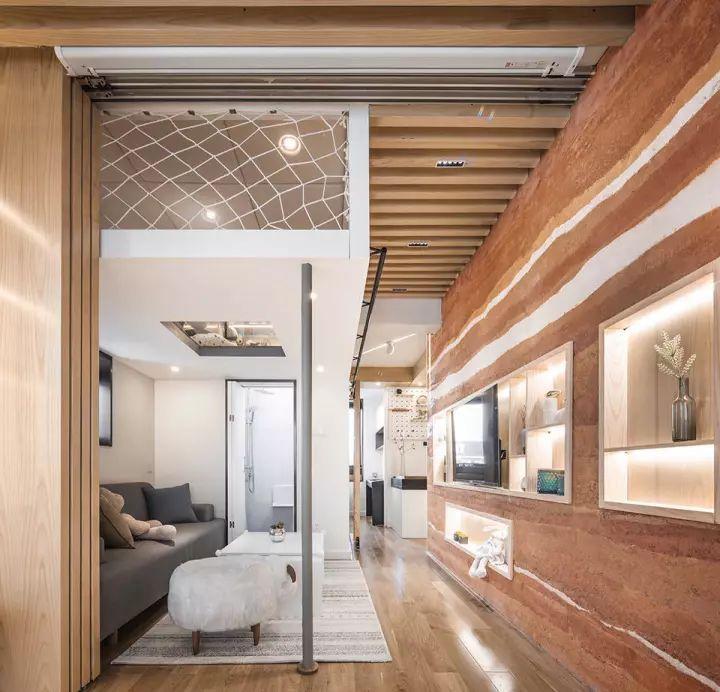
In soft-pack design, if the emphasis on the unity between elements is too heavy, it will make people feel dull and monotonous; so they should also be changed in scale or color, so that a rich spatial level will be generated.
For example, furniture with the same color and style should be placed in a staggered manner, artificially causing some contrasts; modern curtains, only adjusted in patterns and colors, will create a new sense of beauty, and so on.
2 coordination and comparison
The coordination of interior decoration refers to the resonance between various constituent materials, between parts and parts, and between parts and the whole. The proper proportion of all kinds of furniture, the spatial layout will be coordinated, and the colors of the various elements should be coordinated, and the room will present a pleasant color.
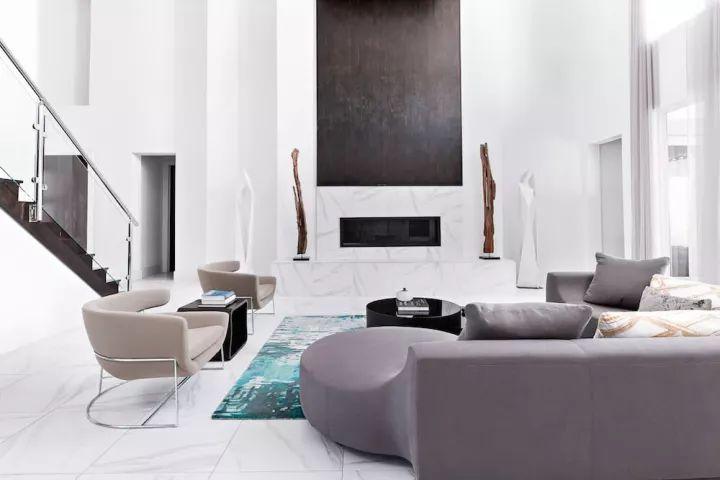
"Contrast" is one of the important forms of expression in aesthetics. In home furnishings, the use of contrast techniques can be said to be everywhere, it involves almost every corner of space. In the interior decoration, through the contrast of light and dark, the contrast of color and warmth, the contrast of materials, the contrast between tradition and modernity, we can make more changes in the style and style of the home style, thus creating a variety of different rhythms. Lifestyle.
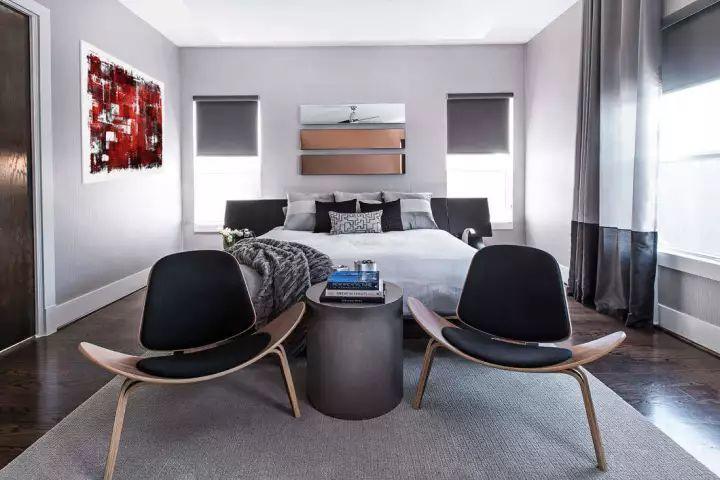
"Coordination" is an effective means of comparing buffering and integration between the two parties. It can effectively alleviate the contrast of space. For example, visually, black and white can form a strong contrast contrast, which not only reflects the maverick style, but also increases the fun of space.
3 symmetry and equilibrium
Spatial balance means that the sense of weight formed by the color or the shape of the object matches the vision. That is, the visual balance of mechanics, including both symmetrical and asymmetrical expressions. In the decoration of the living room, the placement of furniture and accessories does not have to be symmetrical, but it must have a sense of balance so that it does not make color and form. The visual emphasis is on the principle of aesthetics.
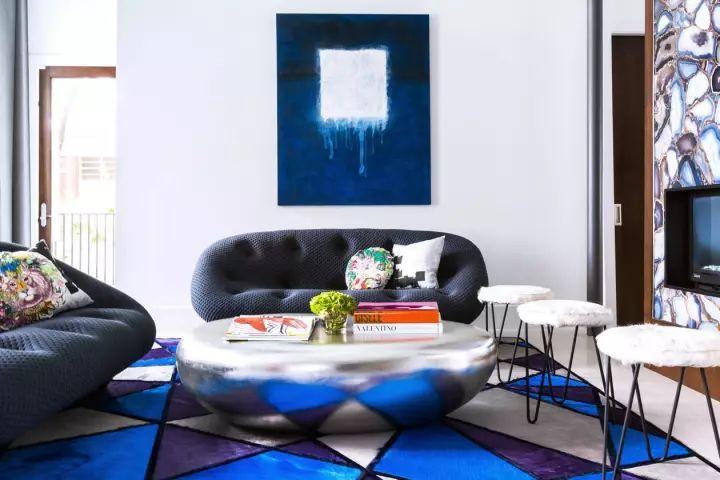
Symmetry has a sense of stability, but in a soft-pack design, if you emphasize symmetry too much, it will definitely give a dull visual impression. Therefore, on the basis of the basic symmetry, if the symmetry is partially broken or the symmetrical application range is reduced as needed, the movement can be moisturized and the space atmosphere with a personalized expression can be presented.
For example, a chair placed on either side of a table, if it is intentionally changed in color or shape, is a symmetrical symmetry.

Symmetry and balance techniques are more common in classical Chinese architecture. In modern home decoration, people prefer to produce a symmetrical beauty on the basis of basic symmetry. This technique of breaking the balance and stability can usually bring a novel visual feeling, but if it is used too much, It may cause people to feel out of control and cause psychological discomfort.
4 scales and scales
The ratio is the quantitative relationship between the object and the whole or between the part and the whole. In aesthetics, the most commonly used method of classical proportional division is the “golden ratio†proposed by the ancient Greek period; and the scale refers to the fact that in a fixed space, the furnishings are generally not required to be designed with specific dimensions. It is completely grasped by feeling.
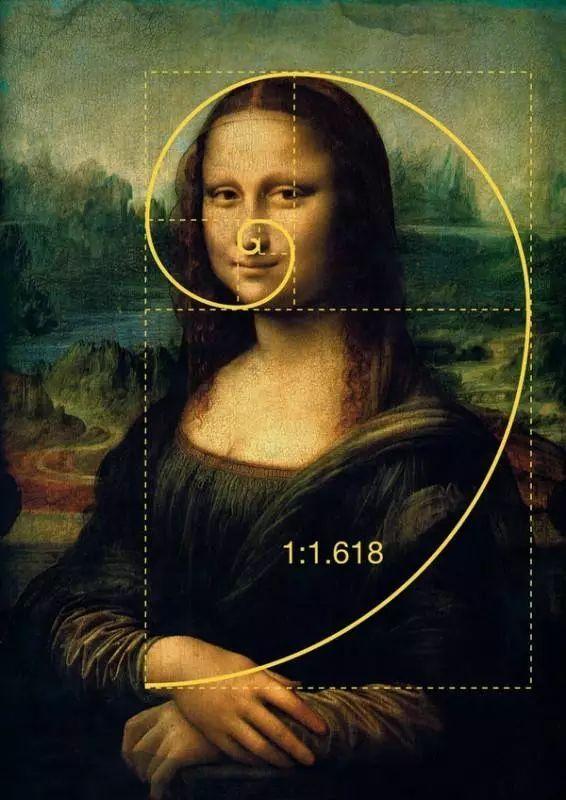
The ratio is rational and concrete, but the scale is emotional and abstract. In indoor soft decoration, if all the items are in the same proportion, and the lack of size changes, it will certainly be very rigid.
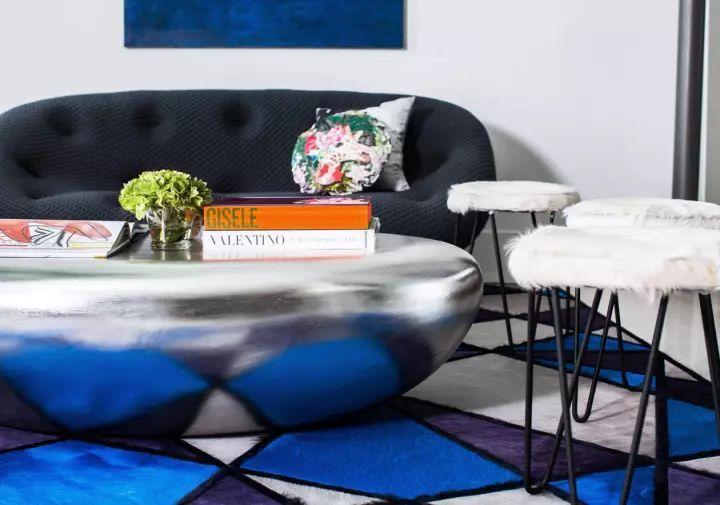
Usually, the perfect ratio of 1:0.618 (gold ratio) can be used to plan the space without fully grasping the scale and scale. This should be a very easy way. Because the furniture is placed according to this ratio, it generally has a good visual effect.
5 focus and subordination
In the decoration of the living room, there are many ways to break the monotonous and dull space atmosphere. The more effective expression technique is to set up the attention-grabbing objects in the normal line of sight, that is, to create the visual focus of the space, sometimes decorating the taste of the house. No need for expensive object stacking. It doesn't need to be decorated with colorful fabrics. It only needs to put a lamp, a picture, and a chair in a conspicuous position according to the theme of space. It is enough to light the soul of the whole space. This is the role of creating a visual focus.
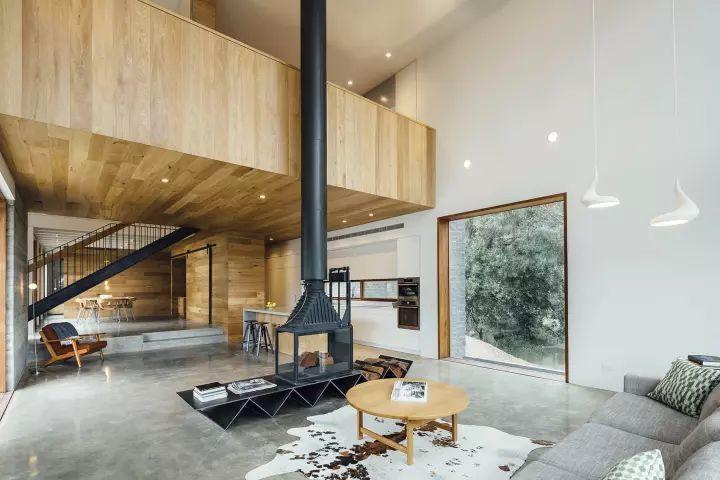
We all know that when acting on the stage, when the relationship between the protagonist and the supporting role is clear, all the actors will perform their duties according to the department; otherwise, there is no way to adapt. The same is true for interior furnishings. In the decoration of the living room, the relationship between the focus element and the subordinate element must first be clarified, because only in this way, it is convenient to determine the visual center, and thus create a spatial hierarchy of primary and secondary.

It should be noted that in the same space, the visual center is enough! If there is too much focus, it will become unfocused, just as the supporting role on the stage is to highlight the protagonist, and in the soft assembly, it is also taboo.
6 rhythm and rhythm
Rhythm and rhythm are inseparable entities, the key to creation and feeling. In interior decoration, the regular change of the constituent elements of space is the rhythm. Similar to the rhythm of music, a good decorative rhythm can be both fun and body. The German poetry's famous saying "Architecture is solid music" is that both of them express the common aesthetic principles through rhythm and rhythm.
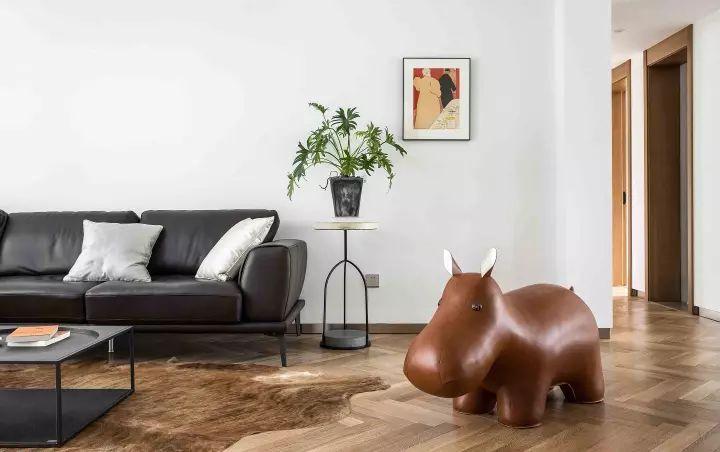
The rhythm and rhythm are realized through the change of the virtual and real space, the density of the arrangement of the members, and the interweaving of the curve. The main expressions are repetition, progression, and stagnation. In soft furnishings, different methods can be used to increase the flow and vitality of the room. But the same room remembers to use more than two rhythms, otherwise it will easily lead to feelings of incompatibility and distraction.
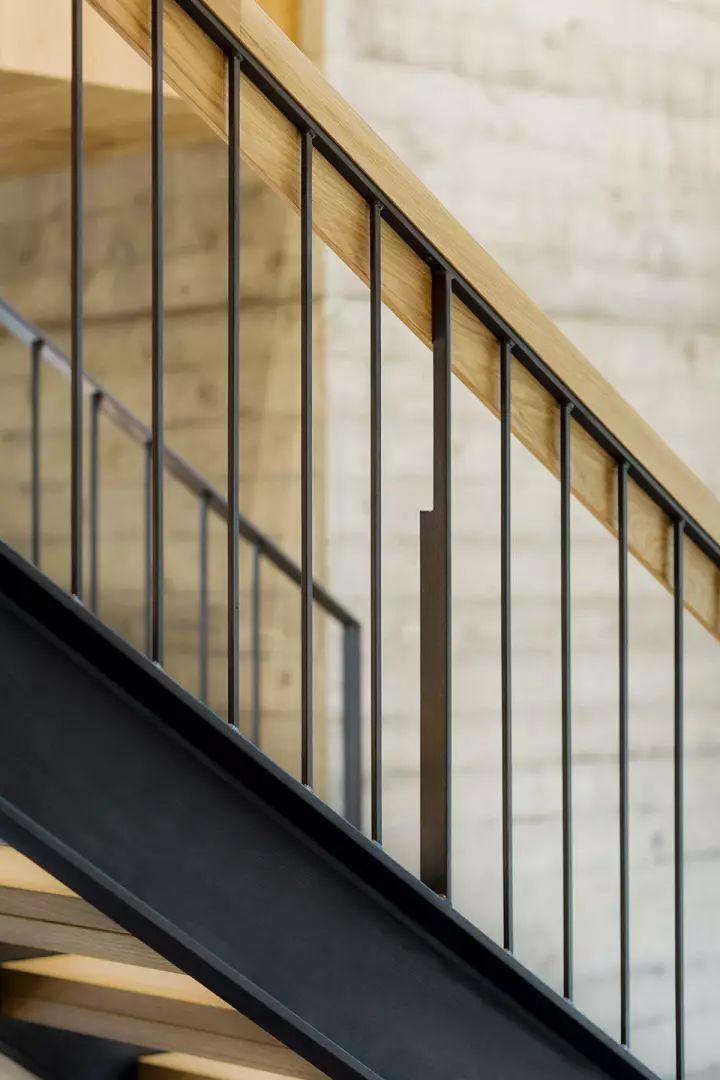
In the design of the duplex and villa, the stairs are the most representative of the rhythm and rhythm; or hovering up, or undulating, using rhythm and rhythm, each staircase becomes a vivid melody, sing in the home .
7 transition and echo
It is not difficult to coordinate the soft furnishings in the tone and style. The difficulty lies in how to make the two links, so it is very important to use excessive techniques. Excessive and echoing are balanced aesthetic forms and are one of the commonly used techniques in artistic realization.
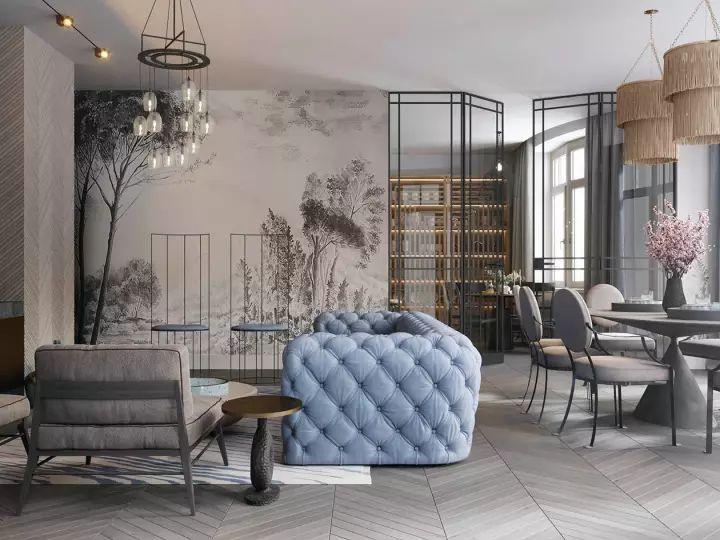
In interior design, excessive and echo are always accompanied by shadows, specifically between the ceiling and the ground, between the wall and the furniture... If the object and the color are too natural and ingenious, they can often achieve unexpected Visual effects.
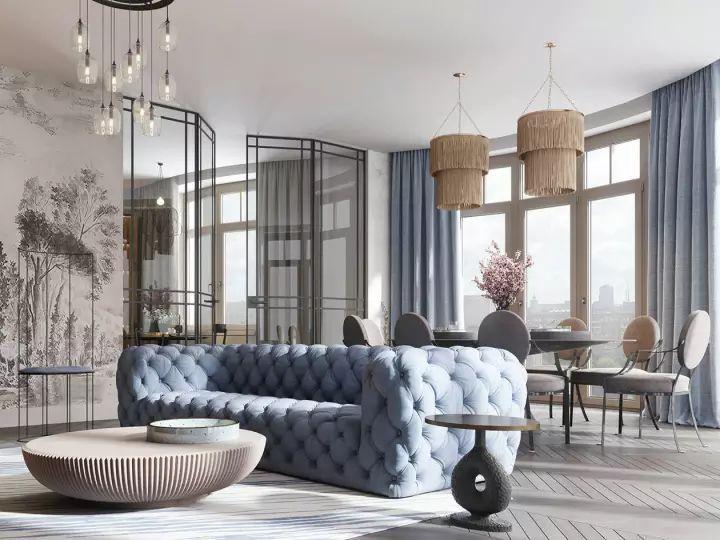
The so-called "transition" is to organically combine different elements in adjacent positions to form a whole and jointly serve the theme of expression; and "resonance" is to communicate non-adjacent similar elements to make relevant content The transcendence distances are concentrated to achieve the purpose of highlighting the theme.
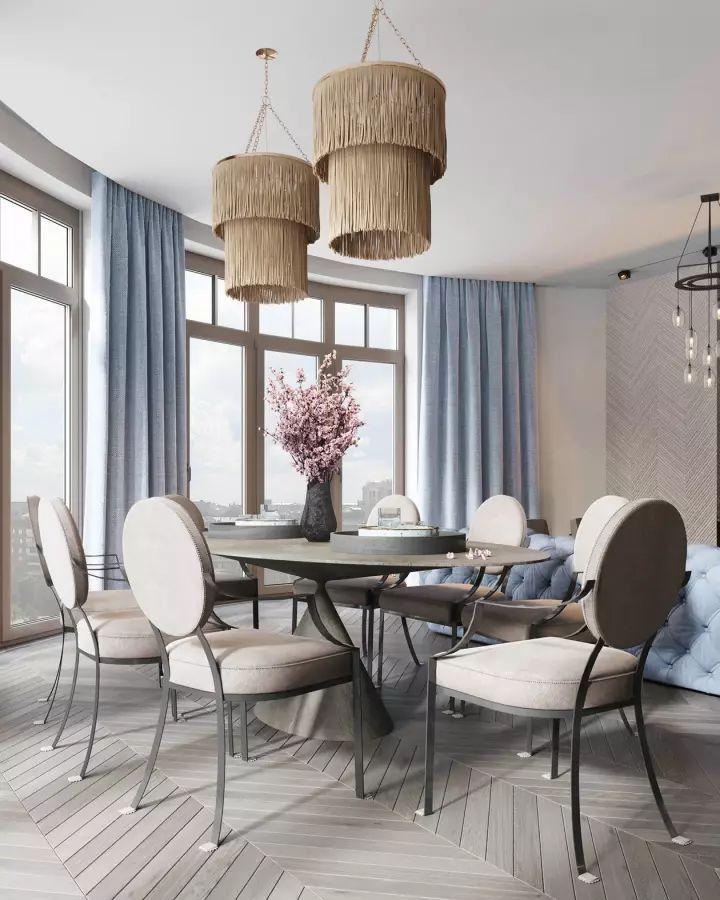
In terms of soft assembly, it is of great significance to use the "excessive and echo" approach. It not only makes the overall layout of the space smooth, but also enhances the aesthetics of the decorative elements; but it should not be used excessively in actual furnishings, otherwise it will create a messy and cumbersome space feeling.
8 comparison with Lenovo
"Comparative" is a commonly used modification method in literature. It is through a rich imagination, through anthropomorphic or pseudo-objects, to express the inner feelings; and "association" refers to a certain potential connection between things.
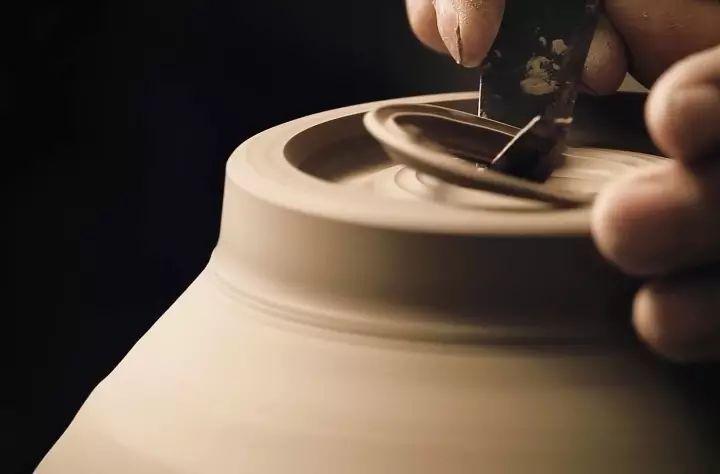
Combining abstract consciousness activities with specific images to induce in-depth thinking, therefore, comparison and connection are complementary and indispensable. In terms of interior design, the general required Lenovo content is objective, and the analogy is a more concrete color or scenery. Under the development of Lenovo, it shows the creative aesthetic taste.
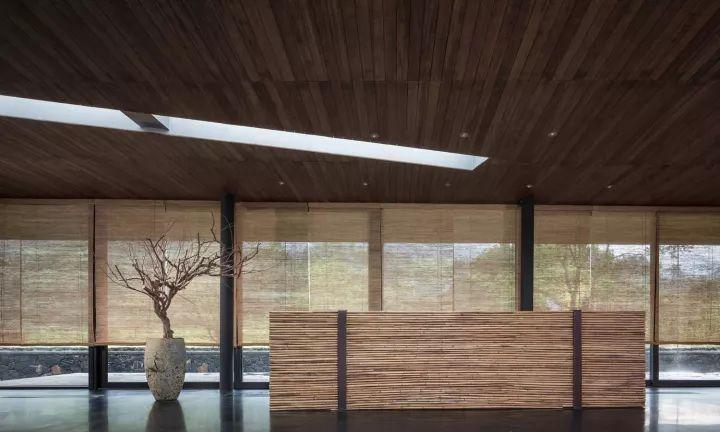
When using the "comparative and Lenovo" aesthetic principles for home design, it should be noted that: comparison and association should not be unintentional, unfounded and cranky, it creates a sense of space that should have been experienced, experienced or Very longing for a living atmosphere.
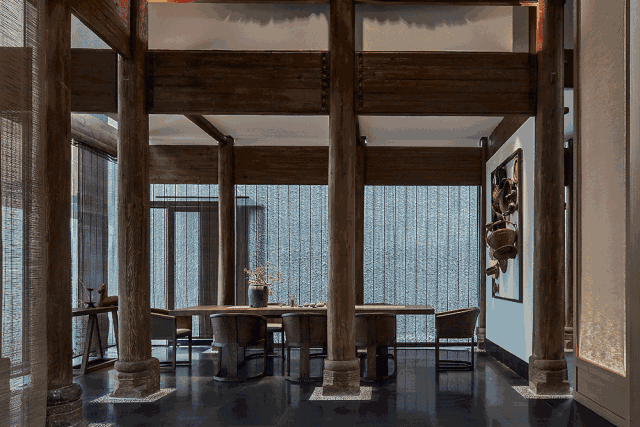
For example, placing souvenirs with national characteristics in the home will remind people of the rich travel experience of the homeowner; watching the photographic works hanging on the wall, through this scene can trigger the visitors to deeply imagine the subject, and from Understand the owner's hobbies.
Our gaming desk has 5 colours offer you to choose,such as white, black ,red ,blue and pink. Specially equipped with the earphone hook, cup holder and the controller stand to make sure keep enough space for your gaming equipment. All these added features can help you focus on your gaming.
You will own a gaming empire with your computer desk. Specially designed for you who love games! We are committed to providing you with a comfortable gaming atmosphere, so that you can play game happily and increase your level quickly.
Gaming Desk,Gaming Desk And Chair,Gaming Desk Chair,Gaming Computer Desk
Baklam , https://www.baklamhome.com